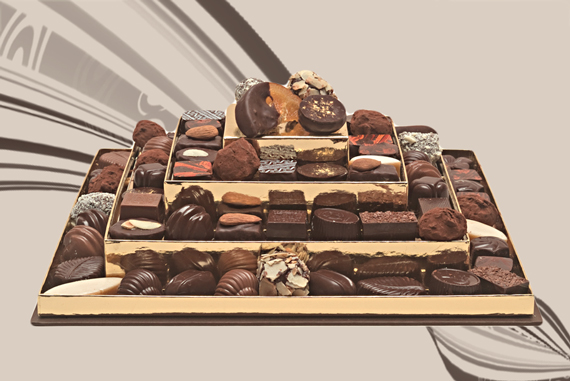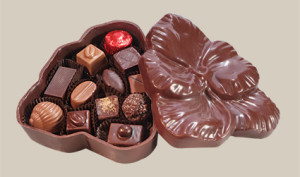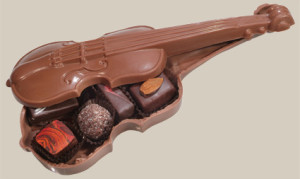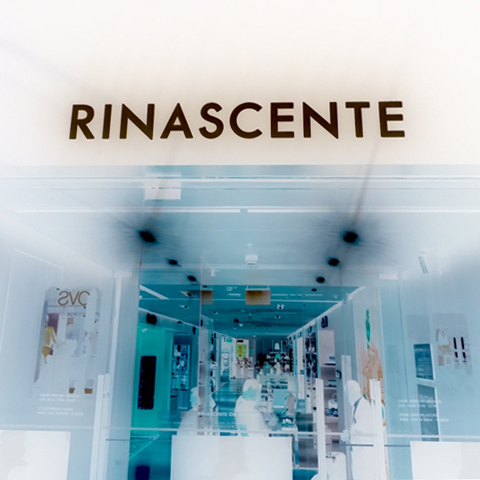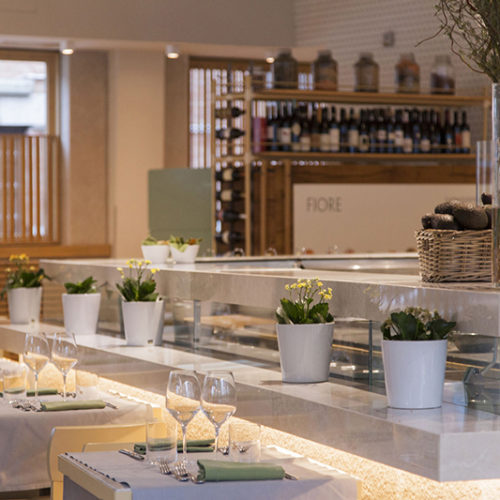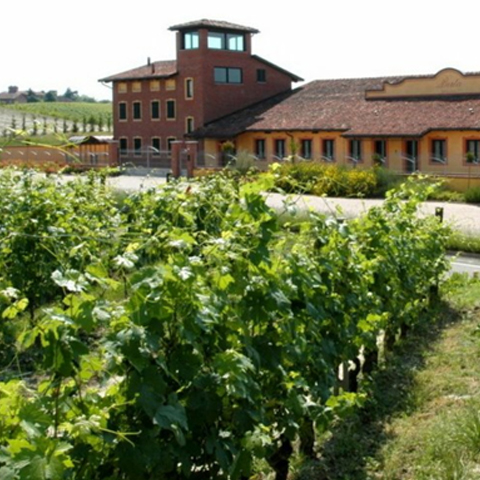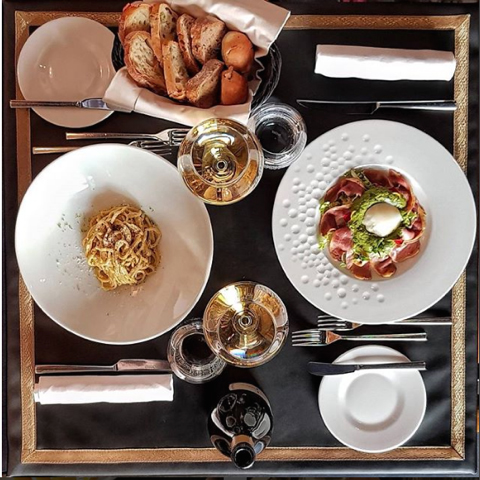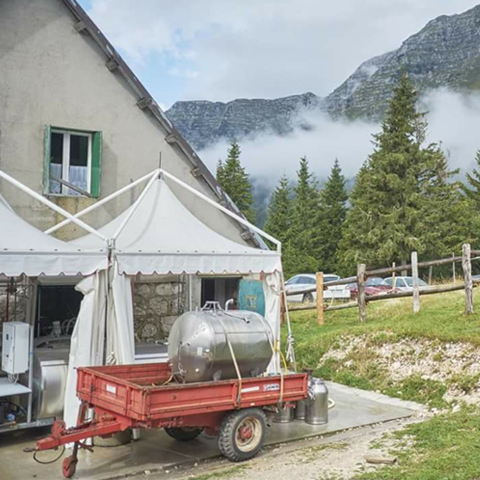A well-dressed man with salt and pepper hair rests casually against the stone wall facing the chocolatier and gelateria bearing the mysterious name Quetzalcoatl. I am sure this is Jacques. I introduce myself. He greets me with a big smile and leads me into his store. We sit at a small table beneath a large reproduction of a Diego Rivera painting depicting a Mayan scene.
Jacques Olivier Petrillo’s store is small but packed with treasures. A large glass case runs the length of the space, displaying a gorgeous array of Jacques’s specialty ganaches and pralines. Along one wall I find the classic boxed chocolates and chocolate bunnies. On closer inspection, I discover marmalades, spreads, chocolate covered coffee beans, and beautiful matryoshka dolls made completely of chocolate. I have to ask Jacques whether the chocolate hearts, some the size of dinner platters, are solid or hollow. Jacques tells me they are hollow because they are meant to be filled with chocolates selected from his display. Once full, the heart is sealed up so that the recipient must break into it to get to the treasure. Genius.
Along the back wall is the gelato bar, a recent addition to Quetzalcoatl in the past two years. To the left of the gelato bar is a display with a variety of vividly colored Macarons. Not to be confused with the more pedestrian Macaroon, made from shredded coconut and egg, the French Macaron is a delicately constructed meringue sandwich cookie requiring a high level of culinary skill to master. According to one story, the Macaron was actually invented in Italy in the early 1500s by the personal chef of French queen Catherine de Medici. Whether this version of history is true or not, it’s a perfect reflection of the birth of this little chocolate shop, just down the street from where Catherine de Medici would have stayed.
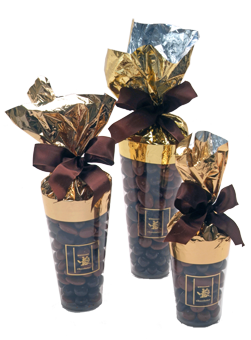 Born in Marseille, to a French mother and a Sicilian father, Jacques Olivier Petrillo found his niche at age 24 when he noticed that French style chocolate culture was lacking representation in Italy. When I asked how a French-born Italian Chocolatier ended up naming his store after a Mayan dragon, Jacques told me that his father had suggested the name, inspired by time spent in Mexico. Jacques expressed to me that the name has always been somewhat problematic. He estimates that the majority of his customers refer to his store as “The chocolate shop on Via Delle Carrozze”.
Born in Marseille, to a French mother and a Sicilian father, Jacques Olivier Petrillo found his niche at age 24 when he noticed that French style chocolate culture was lacking representation in Italy. When I asked how a French-born Italian Chocolatier ended up naming his store after a Mayan dragon, Jacques told me that his father had suggested the name, inspired by time spent in Mexico. Jacques expressed to me that the name has always been somewhat problematic. He estimates that the majority of his customers refer to his store as “The chocolate shop on Via Delle Carrozze”.
Anxious to have me actually taste his product, Jacques stands up and starts making selections. First he gives me one of his prize-winning ganache creations, aptly named Cuba for it’s rum flavor with a hint of cigar finish. I would have assumed that an attempt to mix the flavors of cigar and chocolate would end in an offensive combination, but that was before my first taste! Jacques tells me he actually uses real Cuban cigars as an ingredient; he’d tried to use Italian cigars but they were too strong. Next Jacques gives me a classic praline to taste while he describes the process he used to produce its luscious pistachio filling, followed by a classic American style milk chocolate filled with caramel. As a palette cleanser, dark chocolate filled with velvety fig and the invigorating astringency of grappa is provided, then a simple but delicious dark chocolate ganache topped with cacao nibs, and finally a refreshing milk chocolate with a creamy passion fruit center.
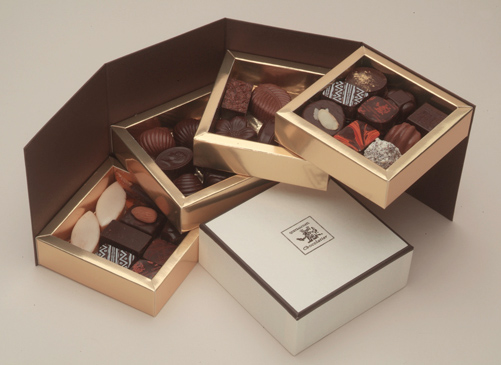 I’m the kid who likes certain chocolates in the holiday box while rejecting others after that first exploratory bite. It would have taken all day for me to try everything that Jacques has to offer but after what I did experience, I am willing to bet that I would enjoy everything in the store, and I hadn’t even gotten to the gelato yet.
I’m the kid who likes certain chocolates in the holiday box while rejecting others after that first exploratory bite. It would have taken all day for me to try everything that Jacques has to offer but after what I did experience, I am willing to bet that I would enjoy everything in the store, and I hadn’t even gotten to the gelato yet.
As if reading my mind, the first gelato Jacques had me taste was a flavor I’ve never really been into. I politely accepted a small spoonful of pistachio gelato and was instantly converted to a lover of the stuff, or at least a lover of Jacques’s version! The flavor was so full and rich I had to ask Jacques if he used any chemical flavorings. He gave me a look like I was crazy and proceeded to explain to me that he doesn’t even use extracts or essential oils. “If I want a flavor, I make an infusion myself, from the whole ingredient.” He took this opportunity to tell me that he had been commissioned to create a chocolate for Villa Medici, just up the street at the top of the Spanish Steps, where the 350th anniversary of the French Academy in Rome occurred on February 11th, 2016. Jacques told me he had created a pine-flavored ganache filled with lemon and pine nuts to be released exclusively for this occasion. But rat her than using an essential pine oil or a flavoring, like other establishments might do, Jacques made an infusion using elements from the pine tree itself. Before my experience of Jacques’s culinary mastery, I would have turned up my nose at the offer of a pine tree flavored chocolate but now, as he describes it, I find myself anxious to try it. With a twinkle in his eye, Jacques tells me: “Use the best ingredients and you get the best product.”
her than using an essential pine oil or a flavoring, like other establishments might do, Jacques made an infusion using elements from the pine tree itself. Before my experience of Jacques’s culinary mastery, I would have turned up my nose at the offer of a pine tree flavored chocolate but now, as he describes it, I find myself anxious to try it. With a twinkle in his eye, Jacques tells me: “Use the best ingredients and you get the best product.”
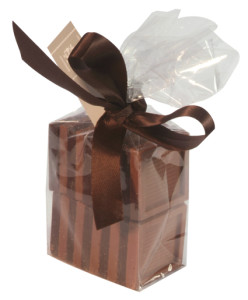 Next, Jacques gives me a taste of a white frozen cream and challenges me to guess the main ingredient. I taste cinnamon and vanilla, but there are other hints that I can’t identify. He smiles, seems to suppress a laugh, and says, “Tonka.”
Next, Jacques gives me a taste of a white frozen cream and challenges me to guess the main ingredient. I taste cinnamon and vanilla, but there are other hints that I can’t identify. He smiles, seems to suppress a laugh, and says, “Tonka.”
I give him a confused look. It turns out Tonka is a fragrant bean native to Central and South America. On the subject of vanilla, Jacques opens a bin and takes a huge scoop, holding it up for me to see. He asks, “What do you think?” It’s slightly brown, unlike the pure white vanilla I am used to seeing. I tell him this. He asks me to guess why his vanilla ice cream isn’t pure white. It instantly makes sense. I say, “Because vanilla beans aren’t white?” He laughs in agreement and says they’re dark brown or even black. Immediately I have a vision of microscopic particles of dark brown vanilla bean mixing with the white of the frozen cream to produce a warm, off-white color. Then I start to wonder what sorcery other companies must use to get their vanilla to be pure white.
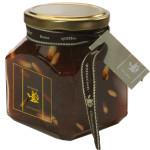 Then it was on to the sorbets. I tried the 98% dark chocolate, mango, and lemon. They were delicious and just as creamy as the gelato but without any dairy, a bonus for those out there who are dairy intolerant. On that subject, not all the sorbets you’ll find in Italy are dairy free. If you’re sensitive to dairy, you should definitely ask first, or just go to Quetzalcoatl!
Then it was on to the sorbets. I tried the 98% dark chocolate, mango, and lemon. They were delicious and just as creamy as the gelato but without any dairy, a bonus for those out there who are dairy intolerant. On that subject, not all the sorbets you’ll find in Italy are dairy free. If you’re sensitive to dairy, you should definitely ask first, or just go to Quetzalcoatl!
There’s so much more I could say about Jacques and his amazing little shop in the heart of Rome but I’m already way over my word limit for this article. Suffice it to say, words will never do justice to an actual experience of what Quetzalcoatl offers. No doubt you’ll be visiting Piazza Di Spagna soon. Jacques’ store is right down the street. Until you darken the door of Quetzalcoatl, you’re missing out! Oh, and when you visit, impress Jacques with your perfect pronunciation of KET-sal-KO-AH-TL.
